Blog
PetPace Collar Helps To Improve Pets’ Health And Quality Of Life By Using State-Of-The-Art Technology
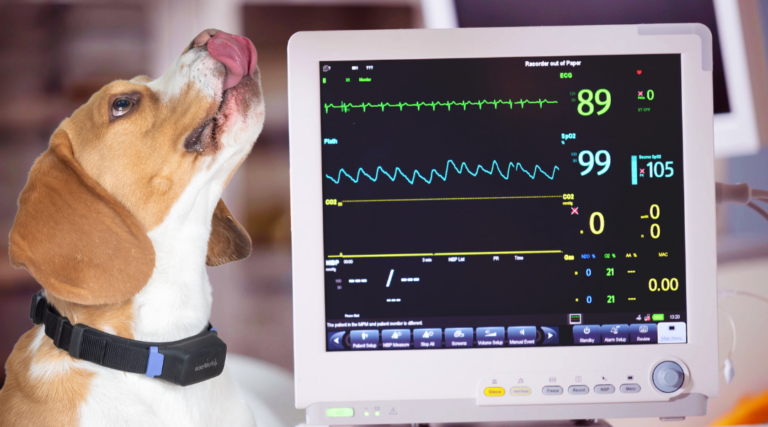
Crafting Canine Cardiac Wellness with Holistic Harmony
Our four-legged companions bring immeasurable joy into our lives, and ensuring their well-being is a shared responsibility. One crucial aspect often overlooked is the cardiac

Safeguarding Your Dog’s Health During Easter Celebrations
As you celebrate Easter with your furry friend, remember to prioritize their health and well-being. Wishing you an egg-stra special Easter filled with love, laughter, and lots of wagging tails! Happy Easter to you, your loved ones, and your adorable dogs!

Vital Checks: How to Monitor Your Dog’s Health Naturally
Discovering how to naturally monitor your dog’s vital signs at home is an empowering journey. Unveil the art of observing your dog’s well-being without the need for traditional methods.

7 TOP TIPS TO CONTROL DOG BARKING NOISE
Excessive dog barking can be a real problem. If you live with an over-enthusiastic barker, not only may your nerves be frayed but so are
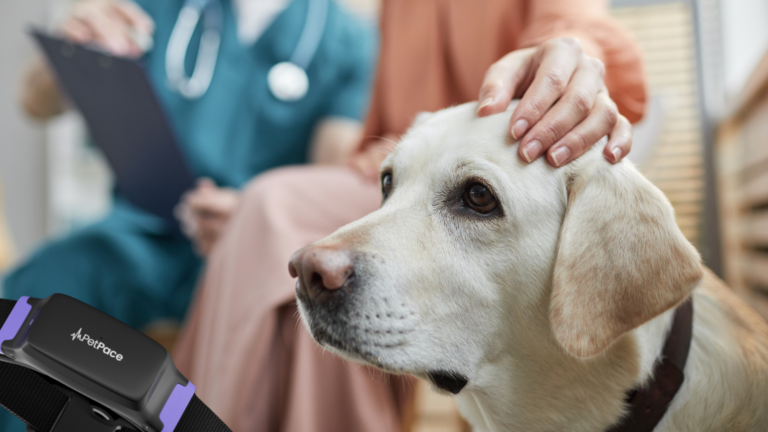
Common Dog Health Problems and Solutions
Just like humans, dogs can face health issues that may go unnoticed until they become more severe, Let’s explore common health problems in dogs, offer solutions to some of these issues, and address important questions like “How can I treat my sick dog at home?” and “What can you give a dog that is not feeling well?”

The Importance of Health Testing for Dog Breeding
The world of dog breeding is a fascinating and rewarding endeavor, but it comes with great responsibility. The health and well-being of the breeding dogs

Dog Food for Dogs with Heart Disease
As pet owners, we strive to provide our furry friends with the best care possible, including paying attention to their diet. Just like in humans,

Decoding Your Dog’s Love Language: What Their Greetings Really Mean
Have you ever wondered why your dog greets you in different ways when you come home? Well, just like people, dogs have their own ways of showing love. These greetings not only express affection but also tell us a lot about how they’re feeling. Let’s explore these 6 special ways your dog communicates love and what it reveals about their emotions.

Hip & Joint Pain in Dogs – Unveiling the Science Behind Jope’s Dog Chews
Joint pain can hinder many dogs from leading an active and happy life. Let’s delve into the science behind Jope’s Hip & Joint Dog Chews, and how PetPace can detect pain in dogs, and often detect when our dogs are sick with Arthritis/ OA.
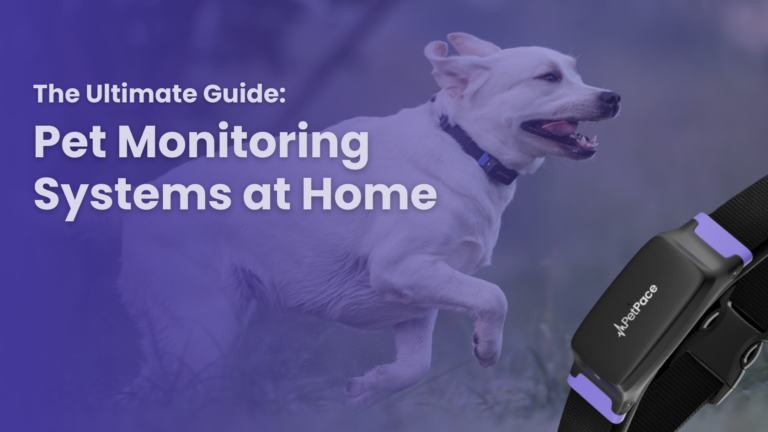
The Ultimate Guide to Home Pet Monitoring Systems: Keep Your Furry Friend Happy and Healthy!
Your dog’s sleep positions tell a captivating story, one that goes beyond the surface-level cuteness. It’s a tale of comfort, loyalty, and adaptability woven through the fabric of their nightly routines. May your dog’s dreams be as sweet as the moments you share!

How Often Should I Schedule Veterinary Visits for My Dog?
Much like us, dogs require periodic medical assessments to detect and preempt potential health concerns. Let’s delve into the determinants influencing the frequency of vet visits and the recommended timetable for various life stages. Crucial considerations encompass your dog’s age, overall health, medical history, breed, and size.
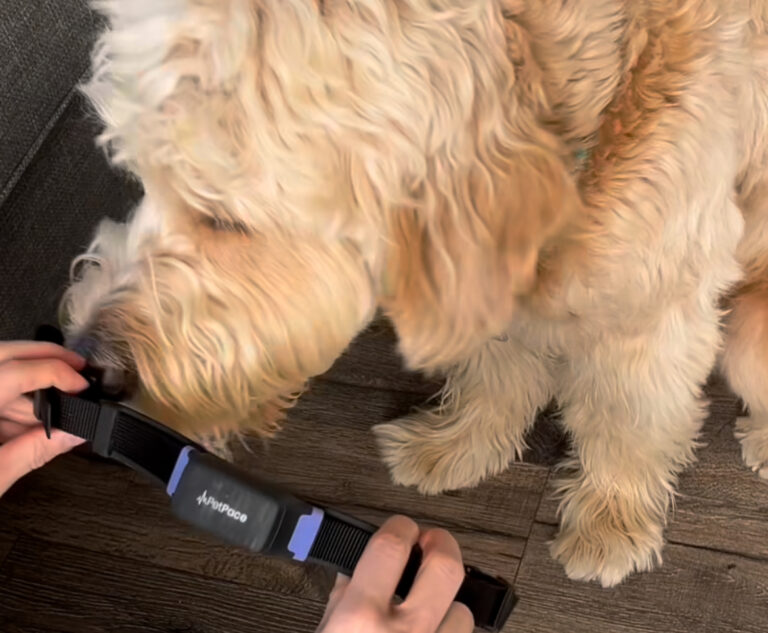
A Comprehensive Guide to Disease Management and Prevention with Mixed-Breed Dog Health
There’s nothing like owning a mixed-breed dog, you get the best of both breeds… but also the worst. As pet parents, it’s crucial to be aware of potential health issues that may arise. In this guide, we’ll explore various diseases and illnesses that can affect mixed-breed dogs, along with effective pet disease management strategies and the role of advanced technologies like a dog vital monitoring smart collar.
Discovery
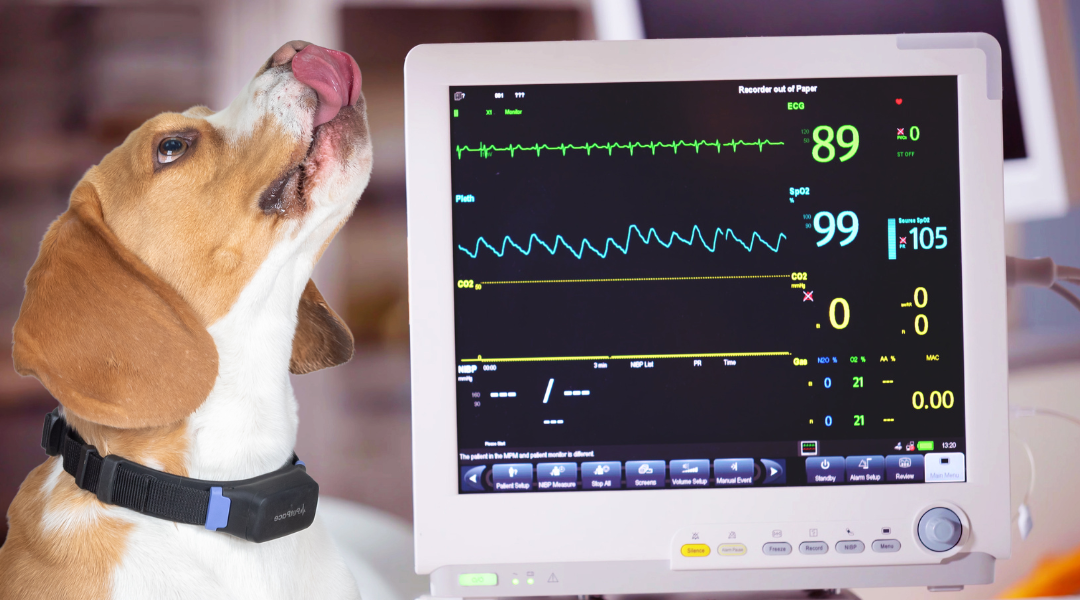
Crafting Canine Cardiac Wellness with Holistic Harmony
Our four-legged companions bring immeasurable joy into our lives, and ensuring their well-being is a shared responsibility. One crucial aspect often overlooked is the cardiac

Safeguarding Your Dog’s Health During Easter Celebrations
As you celebrate Easter with your furry friend, remember to prioritize their health and well-being. Wishing you an egg-stra special Easter filled with love, laughter, and lots of wagging tails! Happy Easter to you, your loved ones, and your adorable dogs!

Vital Checks: How to Monitor Your Dog’s Health Naturally
Discovering how to naturally monitor your dog’s vital signs at home is an empowering journey. Unveil the art of observing your dog’s well-being without the need for traditional methods.

7 TOP TIPS TO CONTROL DOG BARKING NOISE
Excessive dog barking can be a real problem. If you live with an over-enthusiastic barker, not only may your nerves be frayed but so are
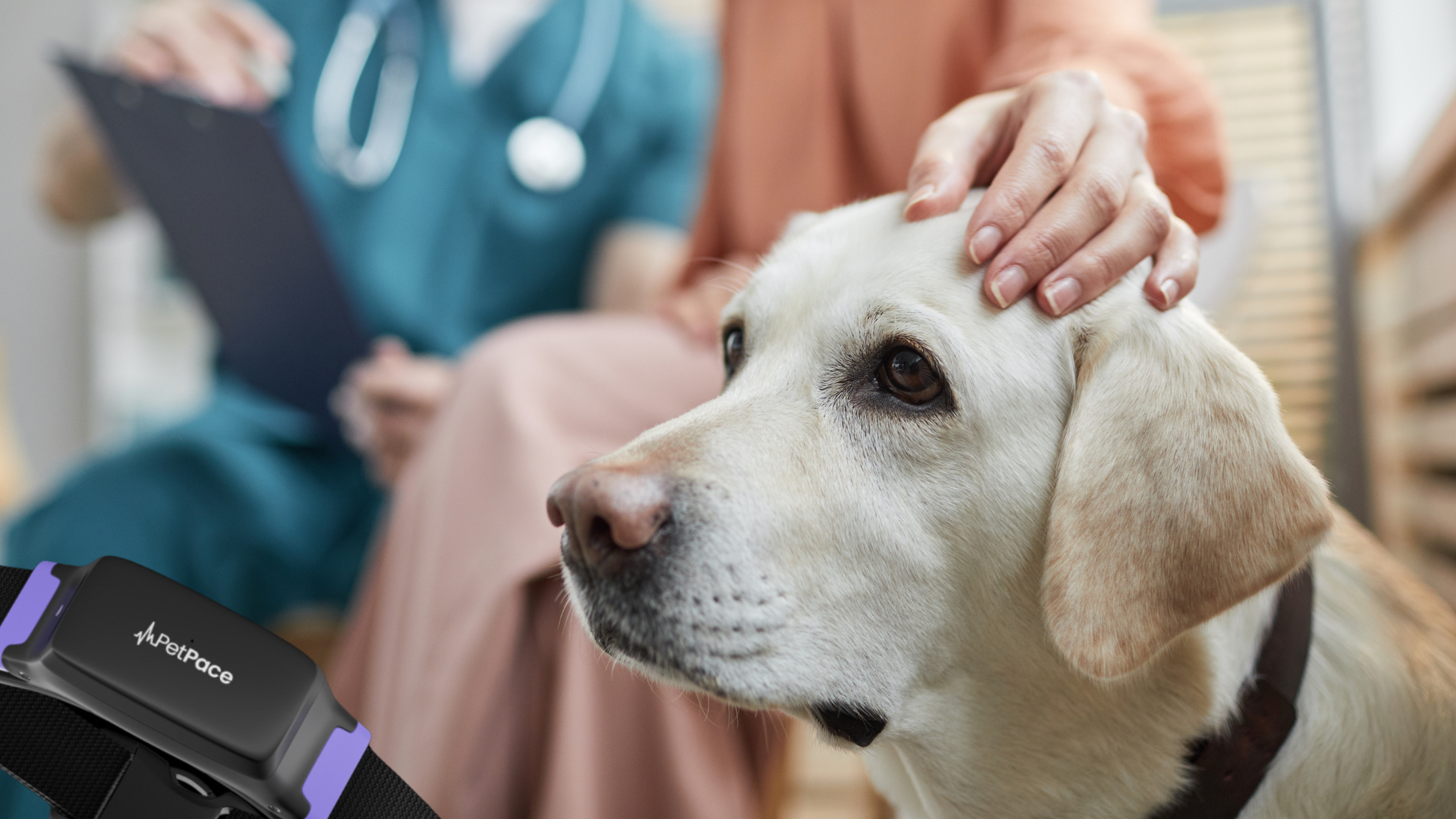
Common Dog Health Problems and Solutions
Just like humans, dogs can face health issues that may go unnoticed until they become more severe, Let’s explore common health problems in dogs, offer solutions to some of these issues, and address important questions like “How can I treat my sick dog at home?” and “What can you give a dog that is not feeling well?”

The Importance of Health Testing for Dog Breeding
The world of dog breeding is a fascinating and rewarding endeavor, but it comes with great responsibility. The health and well-being of the breeding dogs

Dog Food for Dogs with Heart Disease
As pet owners, we strive to provide our furry friends with the best care possible, including paying attention to their diet. Just like in humans,

Decoding Your Dog’s Love Language: What Their Greetings Really Mean
Have you ever wondered why your dog greets you in different ways when you come home? Well, just like people, dogs have their own ways of showing love. These greetings not only express affection but also tell us a lot about how they’re feeling. Let’s explore these 6 special ways your dog communicates love and what it reveals about their emotions.

Hip & Joint Pain in Dogs – Unveiling the Science Behind Jope’s Dog Chews
Joint pain can hinder many dogs from leading an active and happy life. Let’s delve into the science behind Jope’s Hip & Joint Dog Chews, and how PetPace can detect pain in dogs, and often detect when our dogs are sick with Arthritis/ OA.
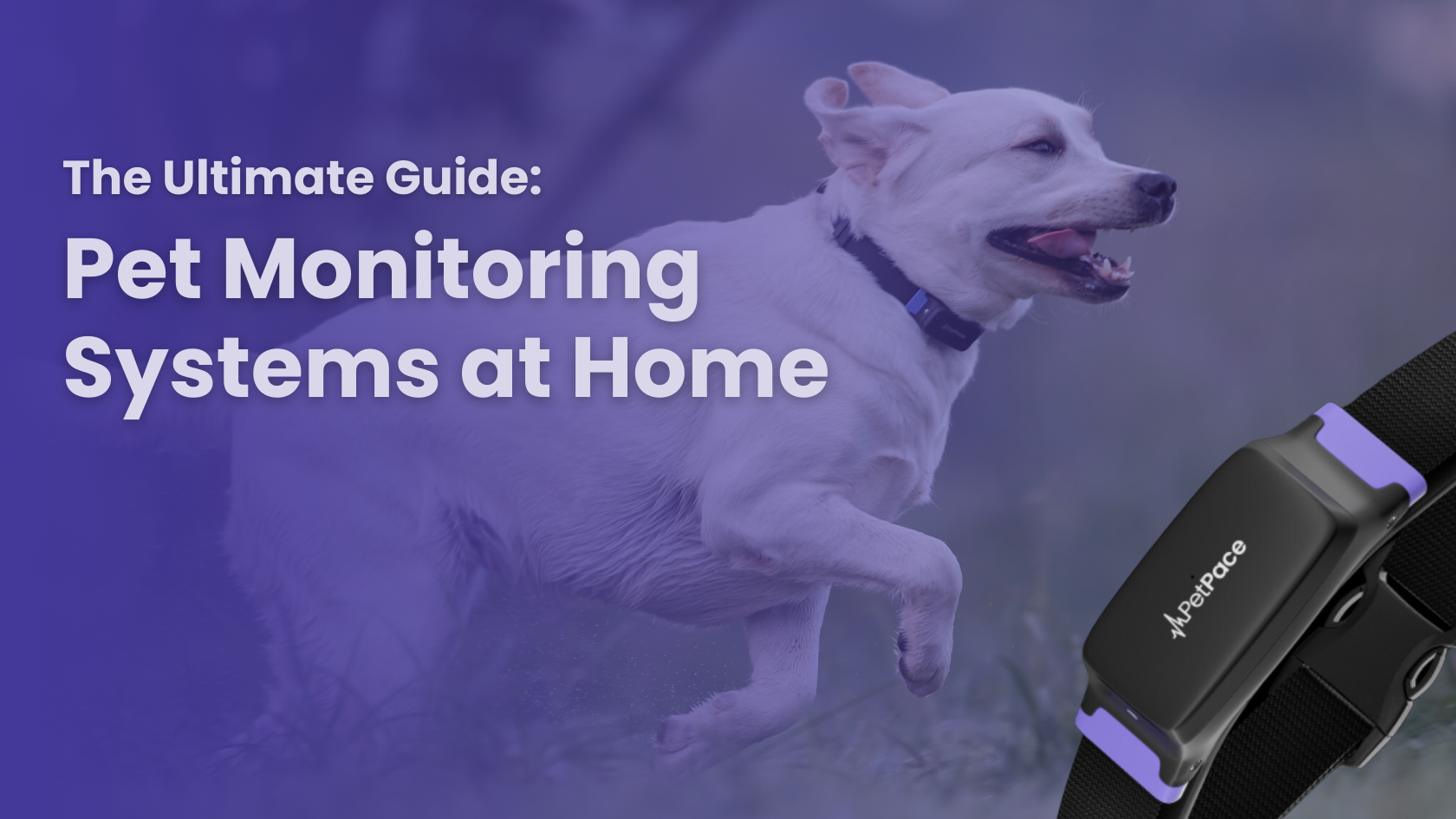
The Ultimate Guide to Home Pet Monitoring Systems: Keep Your Furry Friend Happy and Healthy!
Your dog’s sleep positions tell a captivating story, one that goes beyond the surface-level cuteness. It’s a tale of comfort, loyalty, and adaptability woven through the fabric of their nightly routines. May your dog’s dreams be as sweet as the moments you share!

How Often Should I Schedule Veterinary Visits for My Dog?
Much like us, dogs require periodic medical assessments to detect and preempt potential health concerns. Let’s delve into the determinants influencing the frequency of vet visits and the recommended timetable for various life stages. Crucial considerations encompass your dog’s age, overall health, medical history, breed, and size.
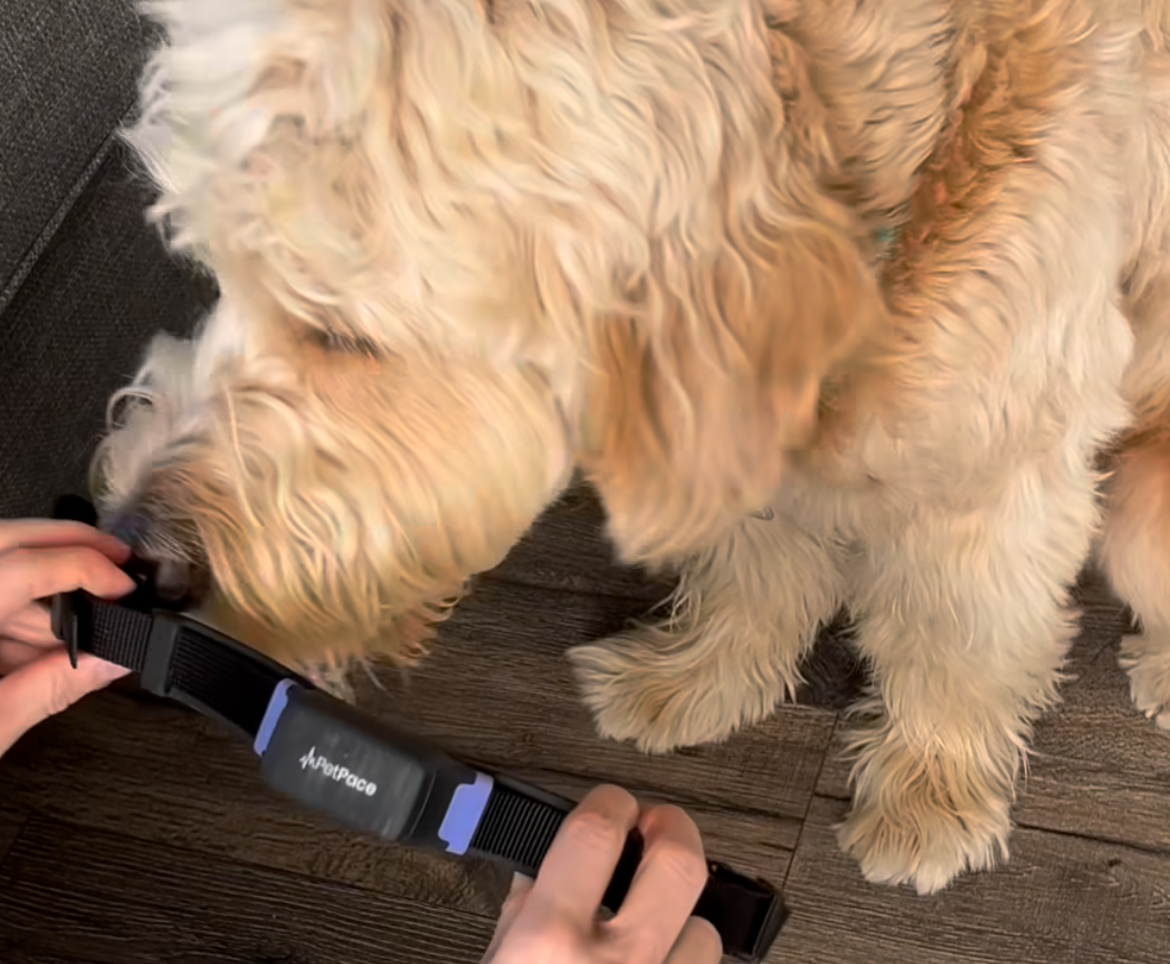
A Comprehensive Guide to Disease Management and Prevention with Mixed-Breed Dog Health
There’s nothing like owning a mixed-breed dog, you get the best of both breeds… but also the worst. As pet parents, it’s crucial to be aware of potential health issues that may arise. In this guide, we’ll explore various diseases and illnesses that can affect mixed-breed dogs, along with effective pet disease management strategies and the role of advanced technologies like a dog vital monitoring smart collar.

Snooze Signals: Interpreting Your Dog’s Sleeping Positions
Your dog’s sleep positions tell a captivating story, one that goes beyond the surface-level cuteness. It’s a tale of comfort, loyalty, and adaptability, woven through the fabric of their nightly routines. Embrace the enchanting world of Pillow Whispers, where every sleep pose is a chapter in the delightful narrative of your canine companion.
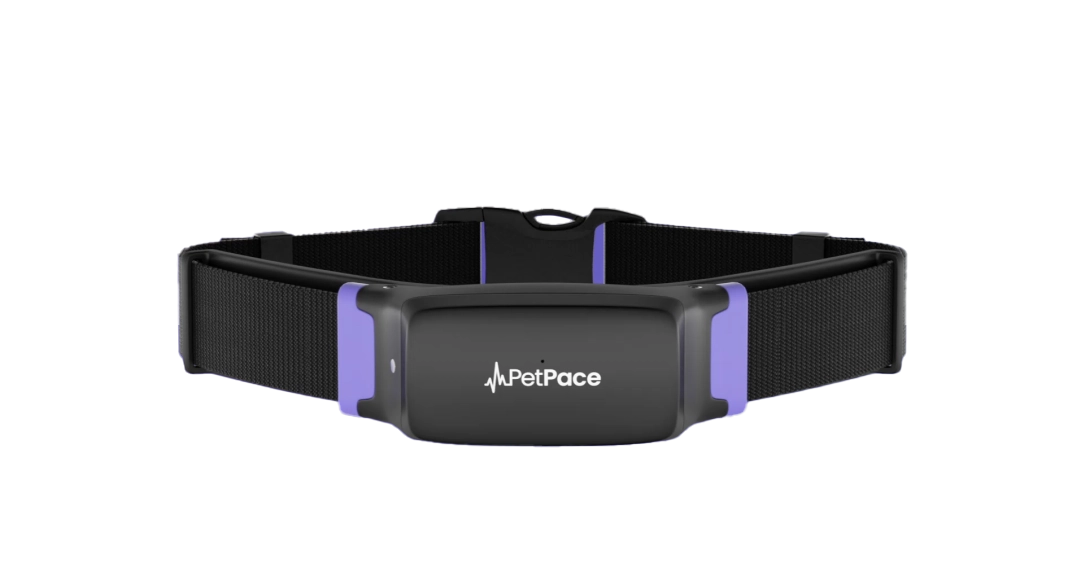
PETPACE VS FI: A CLOSER LOOK AT SMART COLLAR TECHNOLOGY
Here’s a a comprehensive overview of what makes PetPace and Fi special, comparing the pros and cons of each.

Are You Feeding Your Dog Right?
Providing the right portions and establishing a healthy feeding schedule is crucial for your dog’s well-being. This can help you maintain a healthy dog and avoid dog obesity while ensuring your dog’s health and well-being.

Atopy in Dogs: Treatment Options for Those Seasonal Itches
Is Atopy in Dogs Common? Atopic Dermatitis Symptoms in Dogs? How to Improve the Skin’s Defenses? Recognize what Works and What Doesn’t >>

A Pawsitive Start to 2024: Nurturing Your Dog’s Health in the New Year
New Year, New Tail-Wagging Resolutions for Your Pup! 🐾 Dive into our quick guide for a healthier, happier canine companion in 2023.

Keeping your Dog Stress-Free During Holiday Parties with a Smart Dog Collar
Ensure your dog’s mental health during Christmas and New Years celebrations because Crowded and noisy holiday parties may not be the ideal environment for your dog, and the stress they experience during such events can be detrimental to their well-being.

A Guide to Christmas Pet Safety: Ensuring Your Dogs Well-being During the Festive Season
Explore essential tips for creating a pet-friendly environment during this special time of the year. From decorative considerations to culinary cautions, let’s embark on a journey to make this holiday season enjoyable and secure for every member of the family, including our favorite furry friends.

Paws and Presents: Navigating the Holiday Season with Your Pup’s Well-Being in Mind!
‘Tis the season to be jolly, and there’s no doubt that our four-legged friends add an extra dose of merriment to our holiday celebrations. As we dive into the festivities, it’s important to ensure that our favorite furry friends stay on the nice list when it comes to their health and happiness. Let’s unwrap the secrets to a joyful and safe Christmas for your furry friend, sharing tips and tricks to make this season a tail-wagging success.

DOGS EXPERIENCE EMOTIONS
What Emotions Do Dogs Feel? You or the biscuit: Do dogs feel love or are we just a meal ticket? Our dogs are loved, adored, and treated as family members. Ask any dog owner and they’ll say the dog returns their affection a thousand-fold. So an interesting question to ponder is “Do dogs have emotions like people?”

Does My Healthy Dog Need A Health Smart Collar? A Veterinarian Reveals An Unexpected Answer
Behind those expressive eyes and wagging tails, our dogs deserve proactive and informed care. As we unveil the secret life of dogs, this innovative solution stands as a testament to our commitment to the well-being of our cherished companions, offering them a voice for their health and happiness.

5 Simple Ways to Calm Your Anxious Dog
As a dog owner, your support and love are the most powerful tools in your arsenal. Keep striving to understand and help your furry friend, and with time, you’ll likely see a happier, more relaxed dog.

FIRST AID FOR SEPARATION ANXIETY IN DOGS
Anxiety or Boredom? What is Separation Anxiety in Dogs? First Aid for Separation Anxiety in Dogs:

Thankful Tails: Celebrating Our Dogs and the Gratitude They Bring
Thanksgiving provides an excellent opportunity to express gratitude for the health and happiness of our canine companions. As we revel in the comfort of our homes, the warmth of the fireplace, and the laughter of loved ones, let us also express gratitude for the wagging tails, wet noses, and the unconditional love our dogs bring into our lives. Their companionship is a treasure that enhances our well-being and adds an extra layer of richness to our Thanksgiving celebrations.

Revolutionizing Canine Health with Vet Visits and PetPace
Yearly check-ups are crucial for your dog’s well-being. However, veterinarians have limited time during these examinations, and many dogs experience stress during the visit. That’s where PetPace comes in…

Sick as a Dog? What About When Your Pet Gets a Cold in the Winter?
Just as you’d give any other member of your family special care when they are sick, your pet will need the same TLC to relieve their discomfort. However, our pets can’t tell us how they feel like any other family member would. Meaning we don’t always know when our pet’s need extra care and attention from us.

How to Extend Your Pet’s Life with a Smart Dog Collar?
Follow these tips and incorporate advanced pet technologies like PetPace to extend your pet’s life while keeping them happy and healthy.

CANCER IN DOGS
What is Cancer in Dogs? How Can I Help My Dog Deal with Cancer? How to Help your Dog Fight Cancer?
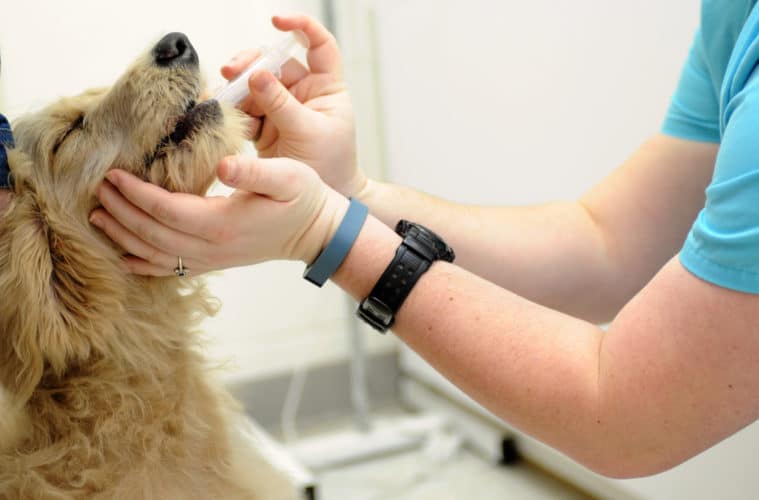
THE COMPLETE GUIDE TO DOG DIABETES
What Causes Canine Diabetes? Which Dog Breeds at Increased Risk of Diabetes? What are the Signs of Diabetes in Dogs? How to Treat a Dog with Diabetes?
